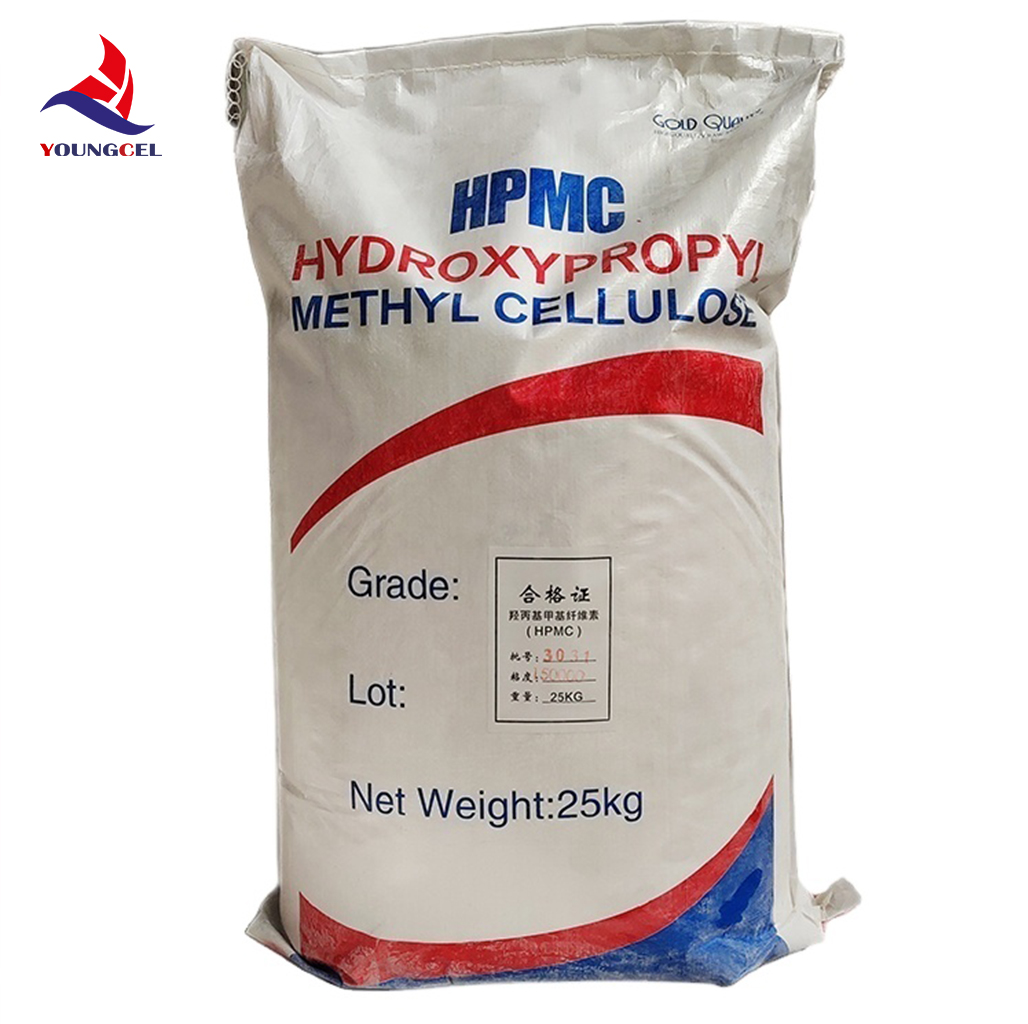The Versatility and Applications of Cellulose Ethers in China
Cellulose ethers, derived from cellulose, a natural polymer, have become one of the most widely used materials in various industries across the globe, particularly in China. As a versatile group of compounds, cellulose ethers play a crucial role in many applications, ranging from pharmaceuticals and food products to construction and cosmetics. This article explores the significance of cellulose ethers, highlighting their functionalities, production processes, and applications within the Chinese market.
Cellulose is the most abundant organic polymer on Earth and serves as the structural component of plant cell walls. When modified through chemical reactions, cellulose can be converted into cellulose ethers, which exhibit unique properties like solubility in water and organic solvents, gel-forming abilities, and film-forming capabilities. The most common types of cellulose ethers include methylcellulose (MC), hydroxypropyl methylcellulose (HPMC), and carboxymethyl cellulose (CMC).
The Versatility and Applications of Cellulose Ethers in China
One of the most significant applications of cellulose ethers is in the pharmaceutical industry. They are widely used as excipients in drug formulations, serving as binders, stabilizers, and controlled-release agents. For instance, HPMC is commonly employed in the production of tablet coatings and as a thickening agent in liquid medicines. In China, the growing demand for generic drugs and over-the-counter pharmaceuticals has propelled the use of cellulose ethers, as they enhance the efficiency of drug delivery systems.
china cellulose ether

In the food industry, cellulose ethers are utilized as food additives, providing texture, stability, and improved shelf life to various products. For example, CMC is employed in dairy products to prevent syneresis, while MC is used in gluten-free formulations to mimic the texture of gluten. As the Chinese population becomes increasingly health-conscious, the demand for low-fat and gluten-free food products has surged, thus boosting the consumption of cellulose ethers in food applications.
The construction industry in China has also embraced cellulose ethers for their remarkable properties. Cellulose ethers, particularly HPMC, are used as additives in cement-based materials, enhancing workability, water retention, and adhesion. As urbanization progresses and infrastructure projects expand, the need for high-performance construction materials has grown, making cellulose ethers an indispensable component in modern construction practices.
Moreover, cellulose ethers find their way into the cosmetics and personal care industry. They act as thickeners, stabilizers, and emulsifiers in a range of products, from lotions and creams to shampoos and conditioners. The increasing demand for natural and biodegradable ingredients in cosmetics aligns perfectly with the characteristics of cellulose ethers, making them an attractive choice for manufacturers in China aiming to create eco-friendly formulations.
Despite the vast applications and benefits of cellulose ethers, it is crucial to recognize the challenges faced by the industry. Issues such as fluctuating raw material prices, environmental regulations, and competition from synthetic alternatives can impact production and pricing. Therefore, continuous research and development in optimizing production processes and exploring new applications are essential for ensuring the sustainability and growth of the cellulose ether market in China.
In conclusion, cellulose ethers are a testament to the innovative spirit of the modern chemical industry. Their diverse applications across various sectors, especially in a rapidly developing country like China, underline their significance in enhancing product performance and quality. As the demand for sustainable and effective materials continues to rise, the role of cellulose ethers will undoubtedly become more prominent in shaping the future of multiple industries.
-
Rdp that The Revolutionary Polymer Powder Transforming Modern Construction MaterialsNewsAug.11,2025
-
Hpmc Powder that Versatile Additive for Detergents and Personal CareNewsAug.11,2025
-
Hpmc Hydroxypropyl Methylcellulose that Essential Building Material Additive from Shijiazhuang Gaocheng YongfengNewsAug.11,2025
-
Hydroxypropyl Methyl Cellulos Hpmc that Essential for Construction ApplicationsNewsAug.11,2025
-
Mhec Powder that Revolutionizing Construction Chemistry with Cellulose Ether SolutionsNewsAug.11,2025
-
Industri Hpmc that The Global Backbone of Advanced ConstructionNewsAug.11,2025




